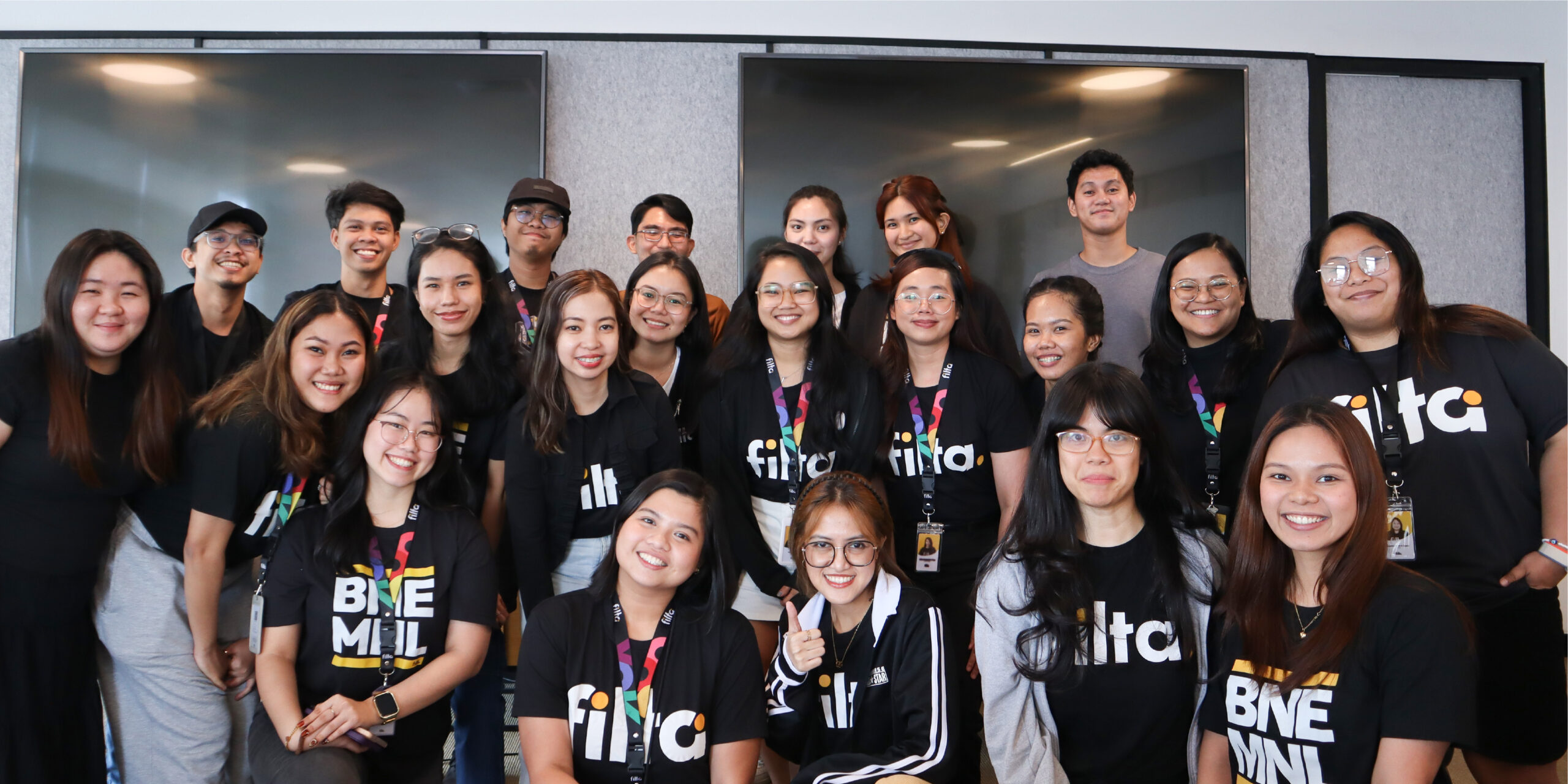The fight for gender equality in the workplace continues to be a crucial battle in today’s world. While progress has been made, other women still face numerous challenges, from unequal pay to limited access to leadership positions. Fortunately, a growing number of initiatives are being implemented to break down these barriers and create a more equitable work environment for all.
Understanding the Importance of Gender Equality:
Beyond the ethical imperative of fairness, having a balanced workforce with equal opportunities for men and women actually benefits businesses in many ways. Research shows companies that promote gender equality enjoy:
- Increased innovation and creativity: Diverse teams bring a wider range of perspectives to the table, leading to more creative solutions and problem-solving approaches.
- Enhanced employee engagement and satisfaction: When employees feel valued and have equal opportunities for advancement, they are more likely to be engaged and satisfied with their work.
- Improved financial performance: Several studies suggest that companies with a higher percentage of women in leadership roles outperform their counterparts.
- Stronger brand reputation: Companies that promote gender equality are seen as more progressive and responsible, attracting top talent and creating stronger relationships with clients and partners.
Key Initiatives for Gender Equality:
- Eliminate the Gender Pay Gap:
Conduct regular pay audits to identify and address any discrepancies in salaries between men and women for equivalent work. Implement transparent salary structures and promote equal pay for equal value.
- Offer Equal Opportunities for Advancement:
Ensure that all employees, regardless of gender, have access to training and development programs, mentoring opportunities, and consideration for leadership positions. Conduct blind resume reviews and utilize diverse interview panels to mitigate unconscious bias.
- Provide Supportive Workplace Policies:
Offer parental leave policies that are inclusive of both mothers and fathers, and encourage both parents to take advantage of them. Create a culture that respects work-life balance and allows employees to manage their personal and professional responsibilities effectively. - Implement Flexible Work Arrangements:
Offer options like remote work to cater to diverse employee needs and improve work-life balance. This can particularly benefit women who may face additional childcare or family responsibilities. - Address Unconscious Bias:
Train managers and employees on unconscious bias and how it can impact hiring, performance evaluations, and promotion decisions. These programs can help employees recognize their own biases and make more objective decisions. - Empower Women Through Mentorship:
Establish mentorship programs that connect experienced women in leadership roles with younger women looking to advance in their careers. This can provide valuable guidance and support in navigating career progression and overcoming challenges. - Celebrate Women’s Achievements:
Publicly acknowledge and celebrate the accomplishments of women in your organization. This can involve highlighting their achievements in company-wide announcements, company publications, or internal awards programs. - Promote Work-Life Balance:
Employers can implement initiatives that address the mental and physical demands of work, especially for women who often shoulder a significant portion of childcare and household responsibilities.
Building a Culture of Inclusion:
Beyond specific programs, building a culture of inclusion is crucial for achieving true gender equality. This involves creating an environment where employees feel comfortable discussing challenges or concerns related to gender equality; recruiting from diverse sources to attract a wider pool of qualified candidates; implementing a clear and strong anti-harassment policy, and ensuring all employees have access to reporting mechanisms where they can report any form of discrimination or harassment.
Conclusion:
Achieving gender equality in the workplace is not a one-time solution but an ongoing process that requires continued commitment from organizations. By implementing these initiatives along with encouraging a strong culture of inclusion, companies can create a work environment where women and men have equal opportunities to thrive and contribute their talents. This will not only benefit individuals but also create a more balanced, innovative, and successful workplace for the future.
Here at Filta, we give huge importance to inclusivity and diversity. We make sure to practice the key initiatives mentioned above to ensure that the culture of our community leads to empowering and supporting not just the women of Filta but all of our Filta community members.
By working together, we can break down barriers and build a future where talent is valued regardless of gender.



